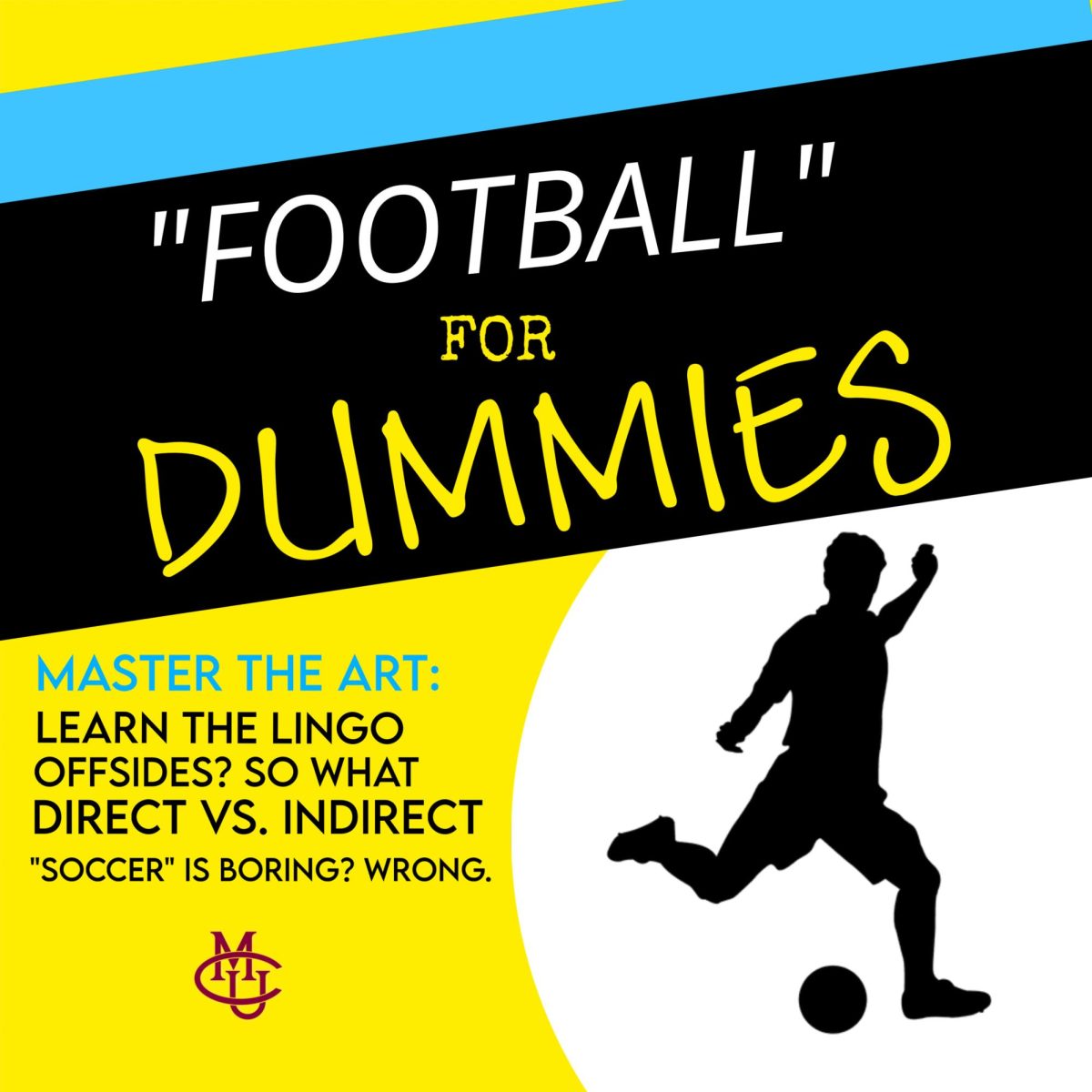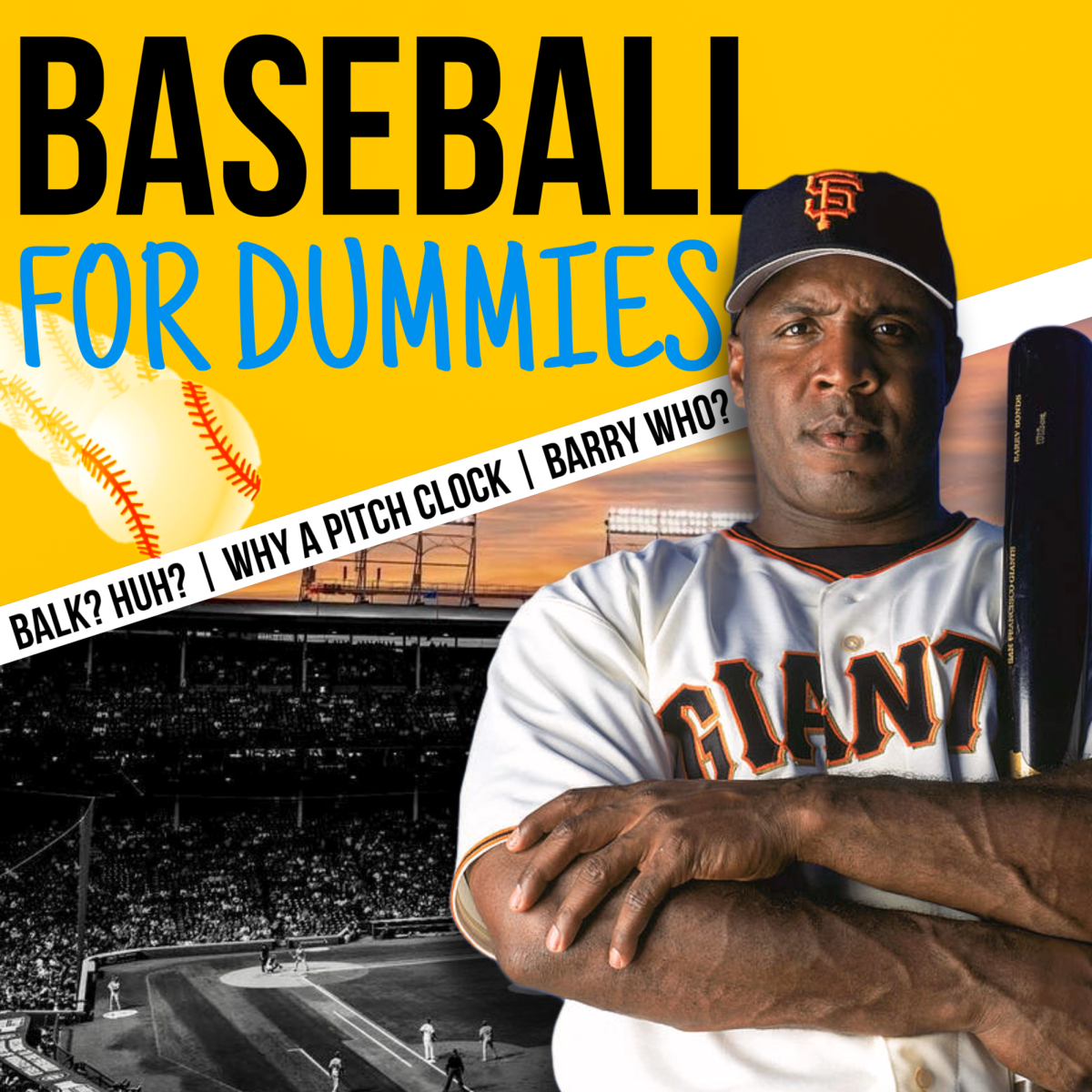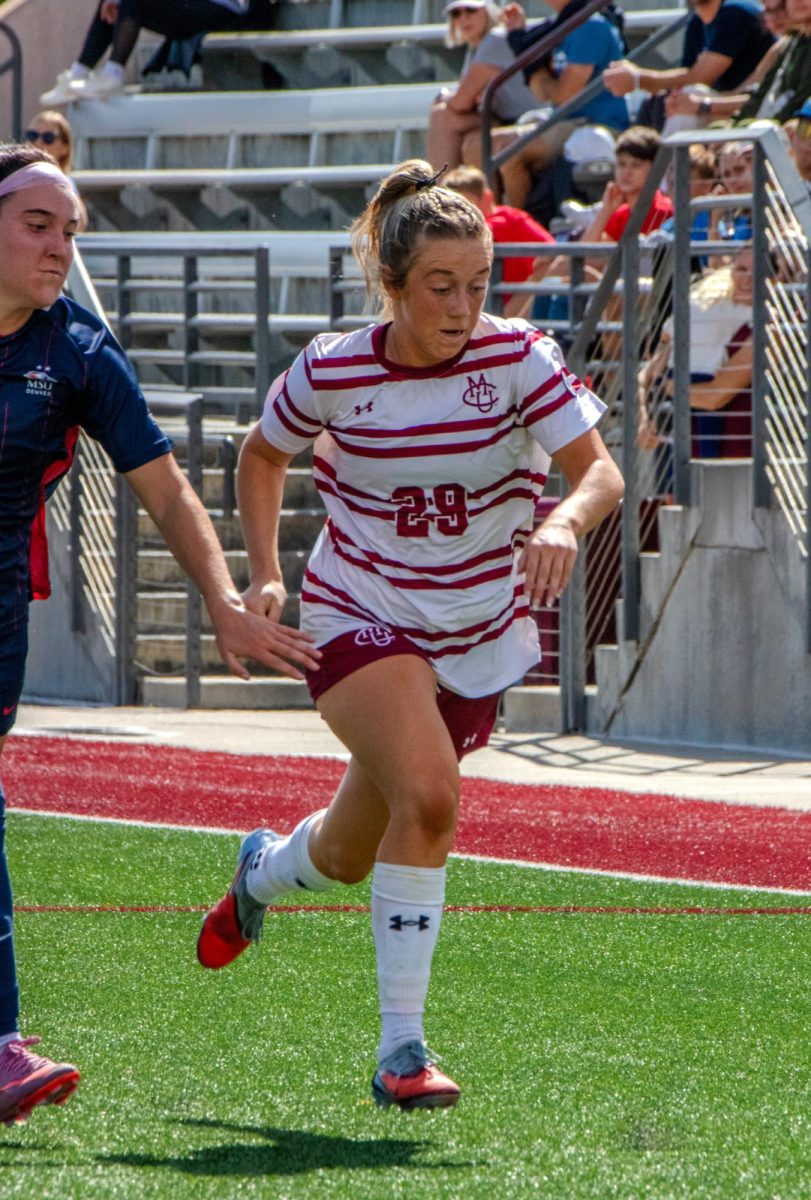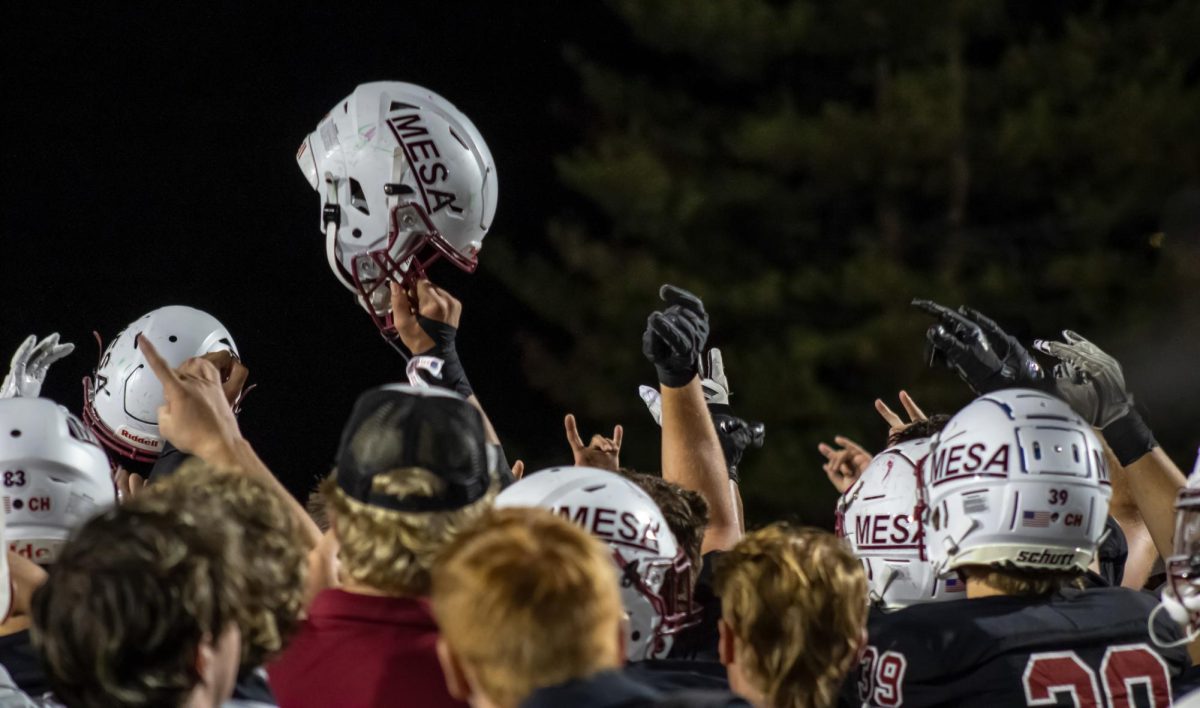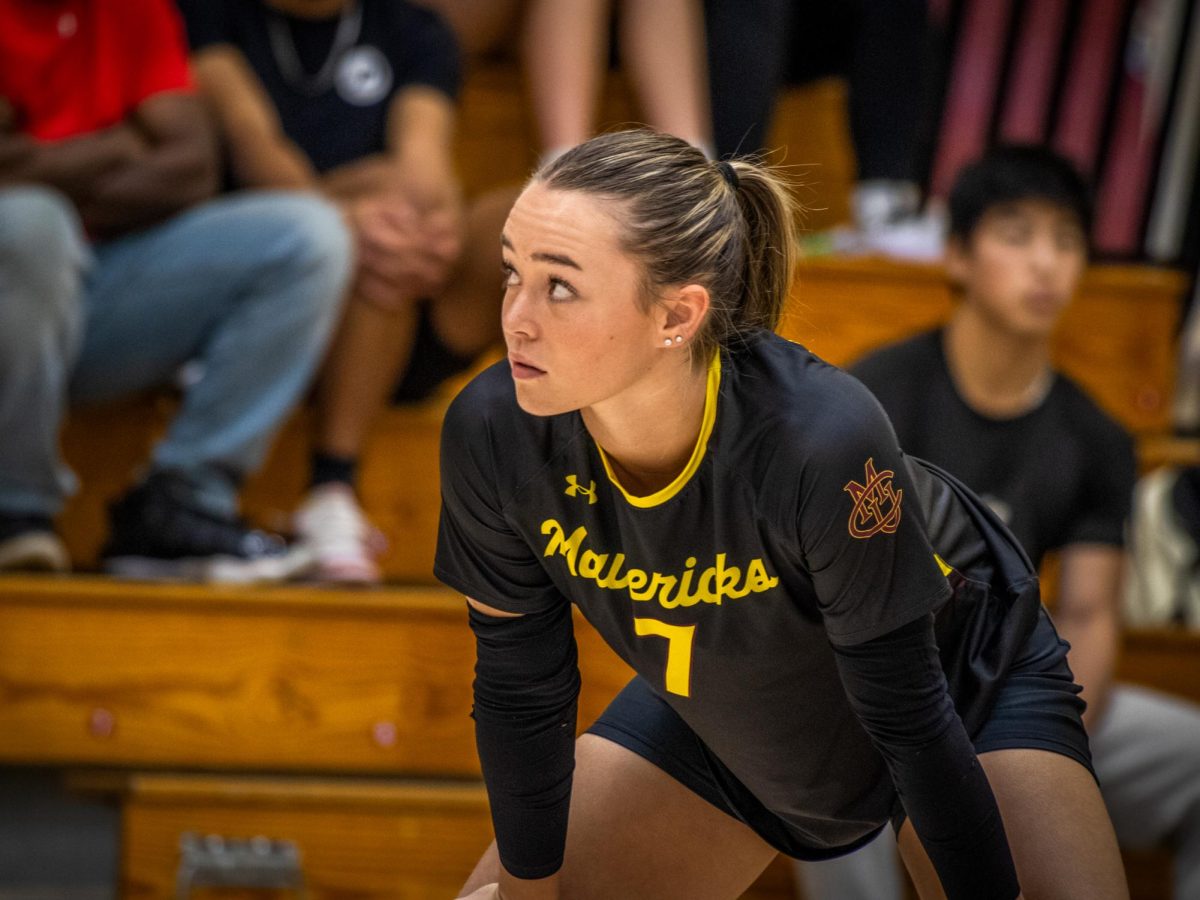Depending on where you’re from, you may have seen a ball that’s white with black spots. For some American viewers, the sport associated with this ball is called “soccer.” To the rest of the world, it’s called football, or association football.
This sport isn’t just loved by millions — billions around the world follow it. Many people have likely been exposed to it, whether through playing a match at the park, watching their favorite team on a TV screen or playing Sunday league.
Still, some common rules and questions may confuse the average watcher. Don’t worry, here are some facts and rules that will make you look like an expert in no time.
Difference Between a Direct and Indirect Free Kick
A direct free kick is awarded after a foul, allowing the player to attempt a goal directly from the kick. The referee won’t signal for an indirect kick after the foul.
An indirect free kick cannot result in a goal unless another player touches the ball first. If the ball goes directly into the goal, the opposing team is awarded either a goal kick or a corner kick, depending on which goal it enters. For an indirect free kick, the referee raises one arm vertically above their head and keeps it raised until the ball touches another player. Direct free kicks are typically awarded for more serious fouls than indirect free kicks.
The Infamous Offside Rule
Imagine a relay race: competitors are on the same line waiting for the baton, but one opponent is a few feet ahead when their teammate passes the baton.
Seems unfair, right? That’s essentially what offside prevents in soccer.
In soccer, a player is offside if they are closer to the goal than the second-to-last defender (the goalkeeper is the last defender). This prevents players from sneaking near the goal without the ball.
If an offside player touches the ball, the referee calls offside, and the other team is awarded an indirect free kick. The player must pass to a teammate before a goal can be scored.
Exceptions
Receiving a ball from a throw-in, kick-in, or corner kick. These reset the offside rules. When the defensive team has the ball, offside cannot be called. If a player is offside but does not touch the ball, no offside is called.
No Goalkeeper? Here’s What Happens
It’s rare, but if a goalkeeper is sent off or injured and no substitutions remain, another player must take over as goalkeeper. One famous example: Manchester City’s right-back, Kyle Walker, played goalkeeper for the last 10 minutes of a 2019 UEFA Champions League game against Atalanta.
Commentators will vary
If you watch soccer with commentators from England, they sound really calm and less excited.
Watch Mexican Spanish commentary, and they are more passionate and excited. A famous example is Argentine commentator Andres Cantor with his famous ‘GOOOOOL.’
And in the US, you’ll have commentators who try to have a good balance, like Stu Holden with John Strong.
Nil-Nil Will Happen
Finally, accept the fact that 0-0 games can happen. After 90+ minutes of soccer, the final score might be 0-0. That doesn’t mean the game was boring—some 0-0 matches are intense, like Brazil vs. Mexico in the 2014 World Cup. And if you fall asleep during a 0-0 game, that’s understandable.
Maybe that’s why some Americans find it less exciting.



